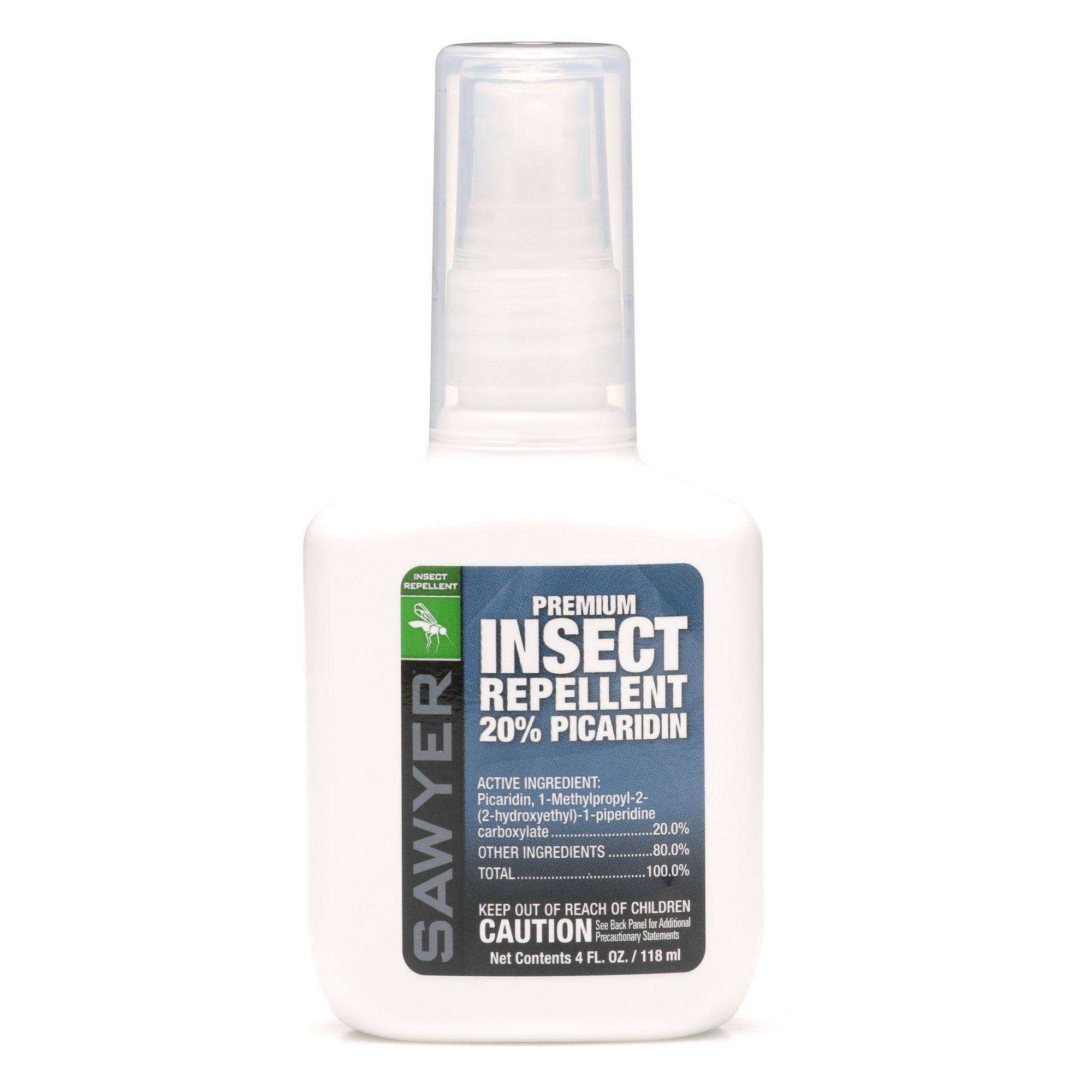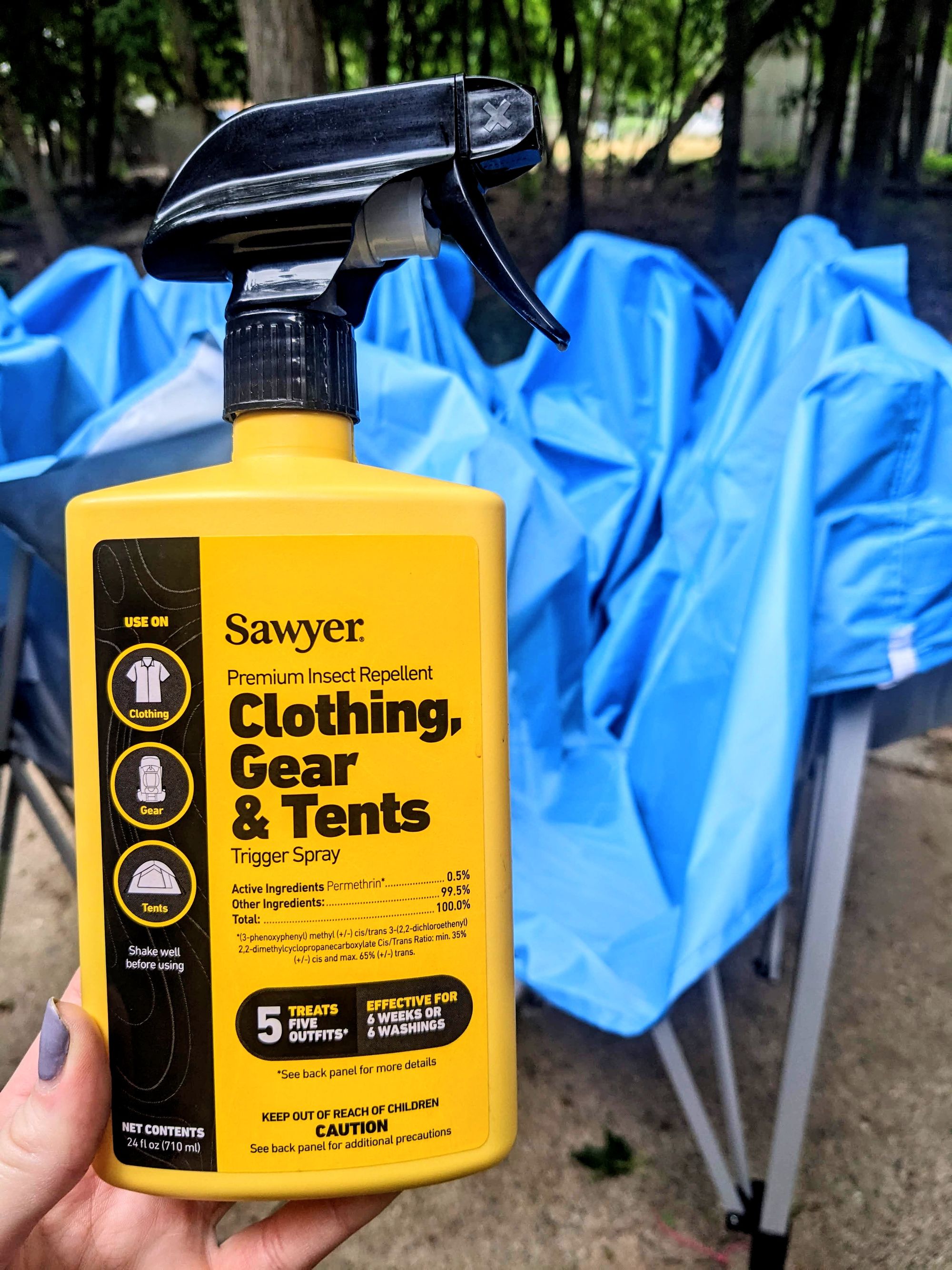Ticking-Off Our Camping Checklist
Over the past few weeks, my spouse and I have been preparing to go tent camping up north for Blissfest (#HappyBliss!). This yearly trip is a tradition for us and we've accumulated a LOT of gear over the past 10 years. For an optimally comfortable festival experience, each piece of camping gear should be washed and inspected prior to the trip.
Our pop-up canopy was the first item I took outside to inspect a few weeks ago. I subsequently forgot about putting the canopy away (thanks ADHD!) until this afternoon.

It might seem like the goal of this blog post is to discuss camping gear, but it's actually about ticks. While starting to fold up the canopy to pack for our trip, I came across two ticks in less than 10 minutes.

Specifically, I found two black-legged ticks on my canopy without even really looking. If you don't already know, the black-legged tick is the carrier for the bacteria that causes Lyme Disease, which has been on the rise in Michigan due in part to the higher temperatures and precipitation that comes with our changing climate.
When I saw the ticks on my canopy, I realized that I needed to treat the canvas with insecticide before packing it away. Although ticks aren't actually insects (they're arachnids, with 8 legs like a spider), the insecticide permethrin is exceptionally effective against the bug.
Permethrin is used to treat clothing and other textiles. Once dry, the chemical kills ticks on contact by getting into the nervous system of the bug and causing constant firing of nerve impulses. The tick becomes paralyzed, rolls onto its back, and falls off the treated fabric. Notably, permethrin cannot reach our own nervous systems so it's not a big deal if it gets on your skin. UV exposure causes permethrin to degrade into a harmless chemical in the environment, which means it's nontoxic to the plants in your garden.
I sprayed my canopy with permethrin while keeping an eye on one of the ticks to see what happened. The tick, wanting a bloodmeal and sensing the CO2 in my breath and the warmth in my body, was tracking and trying to follow me. I watched as the insecticide took effect, causing the tick to roll onto its back, flail its legs, fall off the canvas, and die.
Afterwards, I went inside and had my spouse check me over for ticks.
Ticks are everywhere, especially this time of year. They are also very small - some nymphs are translucent and as small as a poppy seed. While I know that I cannot avoid ticks entirely, I am still comfortable enjoying the outdoors because I know what to do to mitigate the risk of contracting a tick-borne illness like Lyme Disease.
- Conduct routine body-scans for ticks after every outdoor adventure.
- Shower within a few hours of the adventure.
- Wear insect repellent on your skin - I like picaridin
- Tuck your pants into your socks
- Treat your clothing with permethrin.
If you find an attached tick, DON'T PANIC. A tick must be attached to your skin for approximately 12-24 hours for the Lyme-causing bacterium to be transmitted.
Find some tweezers, grasp the tick as close to the skin as possible, and gently pull the tick away from your skin until it releases. Don't yank the tick - if you pull too hard you risk leaving the tick's head embedded in your skin.
If the tick is engorged and has clearly been feeding for a while, or if you feel nervous about a bite, contact your doctor to discuss potential prophylactic antibiotics.


If you want more info on ticks, check out CDC's guide. You can also talk to your doctor or your favorite local epidemiologist (like me!).
Stay safe this summer. Happy Bliss!!!
Note
This post contains Amazon affiliate links to products that I use regularly and will personally endorse. The small proceeds from affiliate links are used to support my writing as a smaller content creator